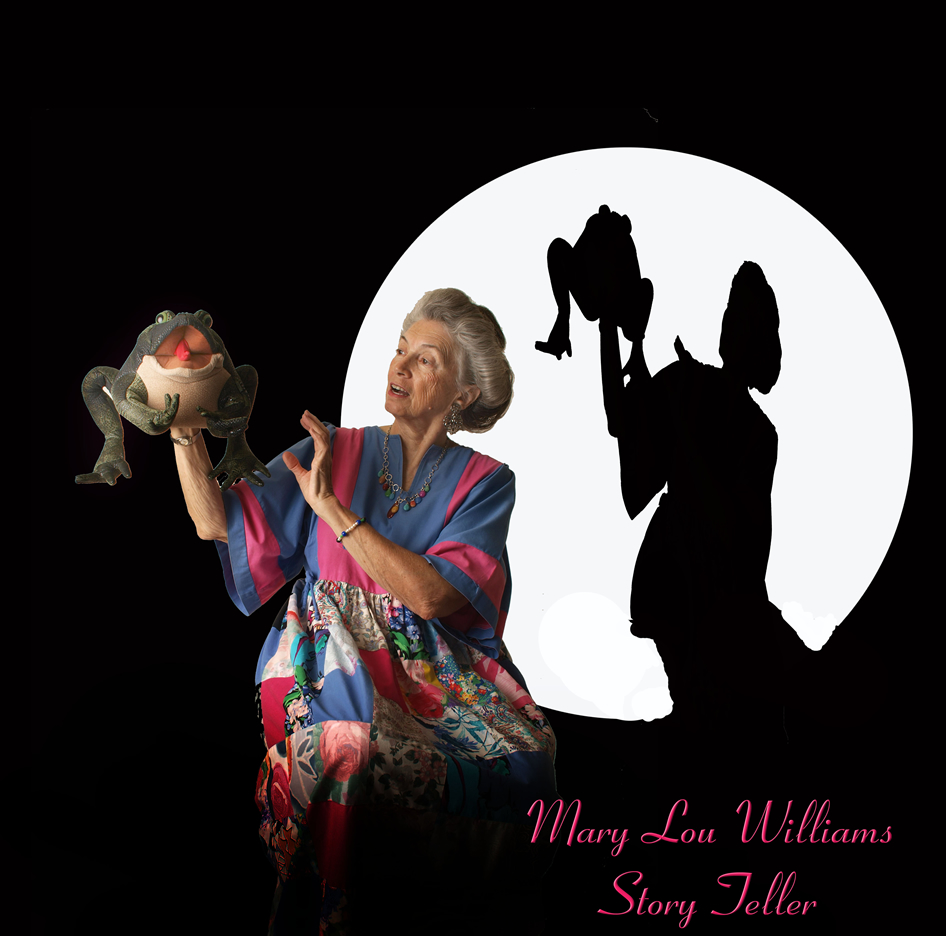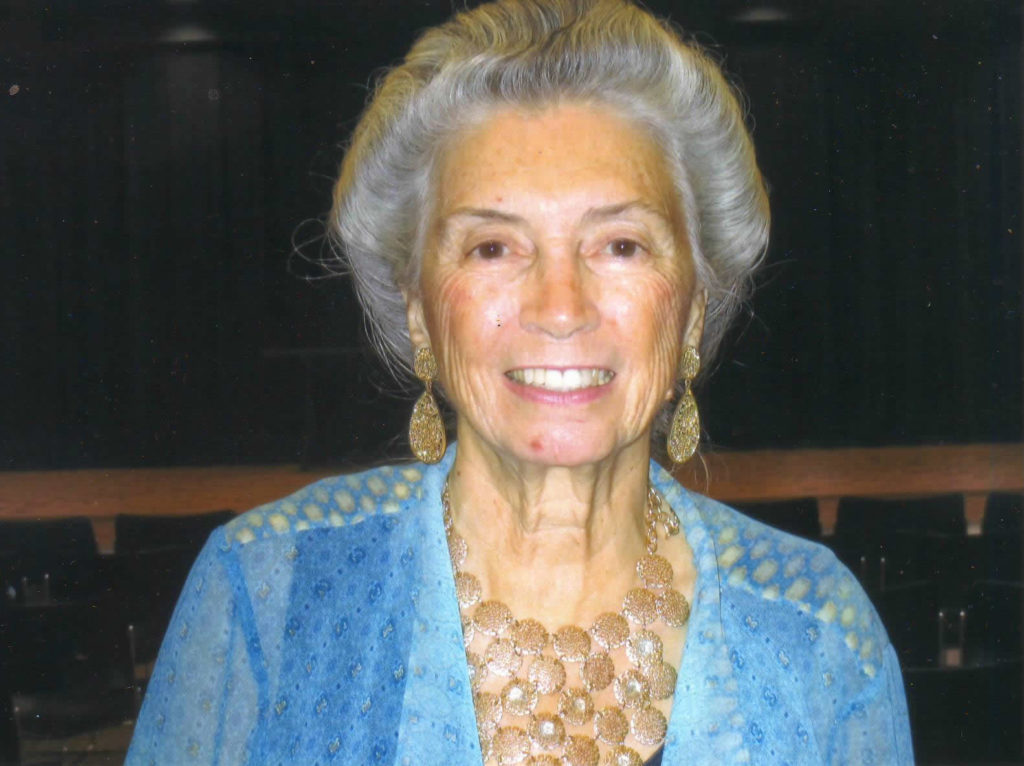By Mary Lou Williams, M. Ed.
Fairy tales reflect the world in which they originated – the medieval world. They are patriarchal, hierarchical, and sexist. Males are resourceful, fearless, and strong (emotionally as well as physically). They don’t have weaknesses. They are men of action, not thought and feeling. They are still around as the heroes of action movies. Females are passive, dependent, and helpless. They have two main accomplishments – good looks and good housekeeping. They are still around as the love interest of the heroes of the action movies.

One way to make fairy tales relevant to the modern world is by fracturing them. A fractured fairy tale is a classic fairy tale that keeps the basic plot and characters of the original story but changes it in unexpected ways, giving it a modern perspective and ironic twists. According to the Oxford Companion to Fairy Tales, “Fractured fairy tales are traditional fairy tales, rearranged to create new plots with fundamentally different meanings or messages…fractured fairy tales, with a reforming intent, seek to impart updated social and moral messages.” An informal definition of a fractured fairy tale is a classic tale that is broken apart and put back together again with crazy glue.
There is more than one way to fracture a fairy tale. In fact, there are nine that I know of. Besides changing the plot, you can change the characters, introduce new characters, mix characters from different stories, change the point of view, set the story in a different time and/or place, write a sequel, write a prequel, introduce anachronisms and modern idioms, change the values, theme or message of the story. But a fractured fairy tale must still be somehow recognizably itself. The best way to understand fractured fairy tales is through well- known examples that employ the different forms of fracturing.
“The True Story of the Three Little Pigs” by Jon Scieszka is “The Three Little Pigs” told from the point of view of the big, bad wolf. It seems that the big, bad wolf only wants to borrow a cup of sugar. He has a bad cold, which causes him to huff and puff. The three little pigs just misconstrue everything. The award winning 1988 musical, Into The Woods, by Stephen Sondheim and James Lapine ties together the stories of Little Red Riding Hood, Jack and the Beanstalk, Rapunzel, and Cinderella. The second act is a sequel; it is about what happens after “happily ever after.” In The Princess and the Frog, Disney’s fractured version of “The Frog Prince,” the setting is changed to 1920s New Orleans and the characters are African American.
Other kinds of tales can be fractured as well as fairy tales. A story from the Old Testament is fractured in Joseph and the Amazing Technicolor Dreamcoat, a musical by Andrew Lloyd Weber and Tim Rice in which anachronisms abound. Pharaoh is played by an Elvis Presley impersonator who sings “The Song of the King” in Elvis-inspired rock and roll that brings down the house. Notable in the music is the variety of styles, including parodies of French ballads, country western, 1920s ragtime, Caribbean, and disco. Two other musicals, Godspell and Jesus Christ, Superstar, fracture the New Testament in a similar way. In perhaps his most famous routine, “Noah,” Bill Cosby fractures the story of Noah and the Ark. At one point a skeptical Noah asks, “Am I on Candid Camera”? Garrison Keillor fractures the story of “The Prodigal Son” by telling it from the point of view of the prodigal son’s brother. “Where’s my fatted calf”? he wants to know.
Pygmalion, the George Bernard Shaw play which the musical My Fair Lady is based upon, is a fracturing of the Greek myth of Pygmalion, the sculptor who creates a statue of his ideal woman. He falls in love with her and Aphrodite brings her to life for him. In his barbed attack on the British class system, Shaw changes the time and place of the story, and the sculptor becomes the professor of phonetics, Henry Higgins. West Side Story is a fracturing of Romeo and Juliet in which the warring families of the lovers in Verona become warring ethnic groups on the west side of Manhattan. Wicked, The Life and Times of the Wicked Witch of the West, a novel by Gregory Maquire upon which the musical, Wicked, is based, is a prequel to The Wizard of Oz. It is told from the point of view of the Wicked Witch of the West.
In the storytelling world, Maynard the Moose, the only Native American Moose on the storytelling circuit according to his manager, Willy Claflin, is the last living teller of traditional Mother Moose Tales. These tales are similar to our own bi-pedal folklore but told from a unique quadrupedal, ruminant perspective. Maynard’s stories have some resemblance to the bi-pedal ones we are familiar with, but they are a little skewed as in his renditions of “The Bully Goat Grim” and “The Wolf Who Cried Sheep.” The morals of his stories are a little off kilter, too. So Maynard’s stories would also be considered fractured versions of bi-pedal folktales.
Although classic tales often reflect world views antithetical to those of the modern age, there are in fairy tales universal truths that speak to us across generations. One way to keep these universal truths while making the tales relevant to modern times is to fracture them. This can make the tales not only relevant but humorous.
A fractured tale is like the improvisation of a jazz musician upon a well-known song. It goes off in a different direction, strays from the familiar notes, but never loses the tune.

Mary Lou Williams will be one of the featured tellers at the 2024 Florida Storytelling Festival in Mount Dora Jan. 25-28. She is a member of the Tamiami Tale Tellers, a guild based in Fort Myers. She is a past winner of the Florida Storytelling Festival Slam, and author of “Ten Fractured Fairy Tales”. She retired after 35 years as a high school English and Mathematics teacher. She has been a member of the Fort Mers Toastmasters since 2001 and was the club’s Toastmaster of Year (2006-2007)
Other tellers include Connie Regan-Blake, one of America’s most celebrated storytellers who has captivated the hearts and imaginations of people around the globe with her powerful performances and workshops.
Also, Tim Tingle, a member of the Choctaw Nation of Oklahoma and the author of twenty books, novels and children’s illustrated books. “How I Became a Ghost” is based on his Choctaw Trail of Tears story.
And Eva Abram, a storyteller, public speaker and award-winning actress, brings history to life by embodying historical characters.
Another Florida-based teller Chris Kastle, an award winning storyteller, songsmith, and author. She is a seasoned traveler who offers insight into a lifetime of adventure with original works that possess great imagery and have the occasional flavor of Celtic and Maritime tradition.

What a fun, informative, and on-target read, Mary Lou! Thank you for this!
Mary Lou, you rock!
Smart, clever, gracious.
F
Festival attendees are in for a treat!